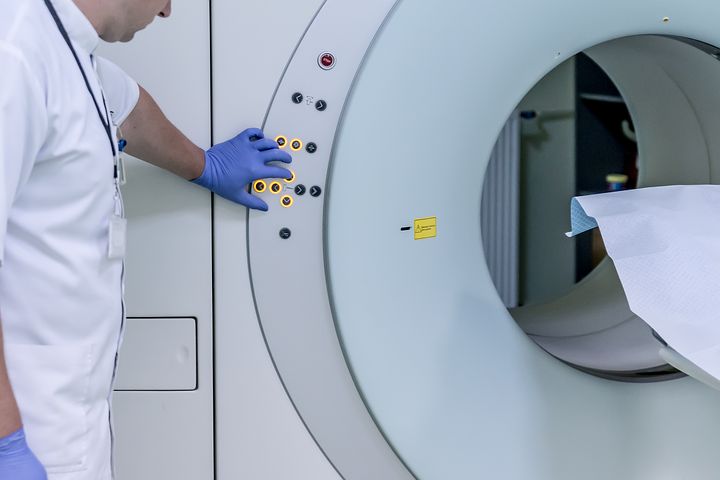
27 Aug Tips for When You May (or May Not) Need Expensive Imaging Tests for a Musculoskeletal Problem
Living in modern times has amazing benefits, and some of those are definitely visible in the health care field. Unlike generations past, we can use non-invasive imaging like an MRI to view bone or tissue for a veritable digital window into what’s going on internally. Yet, as they say, just because you can do something isn’t always a good enough reason why you should. We provide some pointers for figuring out if you do (or don’t) want to spend a hefty co-payment on imaging.
MRI? Maybe…
An MRI stands for magnetic resonance imaging. The machine is tube-like and creates a very strong magnetic field, and combines with radio waves and computers to produce a detailed image of your tissue and internal structures. MRIs are great for determining issues like ligament tears, disk problems, joint injury and more. They’re also expensive, depending on your particular insurance policy and medical provider. They’re not always warranted, depending on what your particular problem is, and what the solution is.
Maybe not…
For instance, if you’re suffering from an acute knee injury that your medical provider suspects will require surgery, an MRI is very helpful. On the other hand, if you have back pain that comes and goes, the MRI utility becomes less clear. In that case, you may benefit more from a round of physical therapy than from imaging that would only be helpful in the case of needing a surgical repair.
Confusing the Issue?
In the example of spinal care, it’s been said that if you took a random sample from a room, there would be some whose MRIs would look terrible but be totally asymptomatic and others who look clinically okay who are miserable. Imaging can be a great tool but it isn’t a crystal ball; be sure and take any imaging as more information but not the sum total of your health. In some cases imaging like an MRI can answer questions, but in others it may not provide the clear-cut answers you’re hoping for.
Rule of Thumb
As a helpful guideline, in many situations trying conservative treatment for a period of 6 weeks would be prudent before seeking an MRI. After that 6-week period, if you haven’t received relief or improvement of symptoms, further tests may be warranted and imaging may provide insight to your medical team. Always check with the advice of your medical provider for your unique situation.
Wondering if conservative therapy can help ease your pain? Call Body One Physical Therapy today. We’re locally-owned with four locations serving Central Indiana, making it easy to find top-quality care: North Indianapolis, South Indianapolis, Fishers, and Zionsville. We have a highly-trained, experienced team of dedicated physical therapists who are ready to help you live your best life. Schedule your assessment today!




